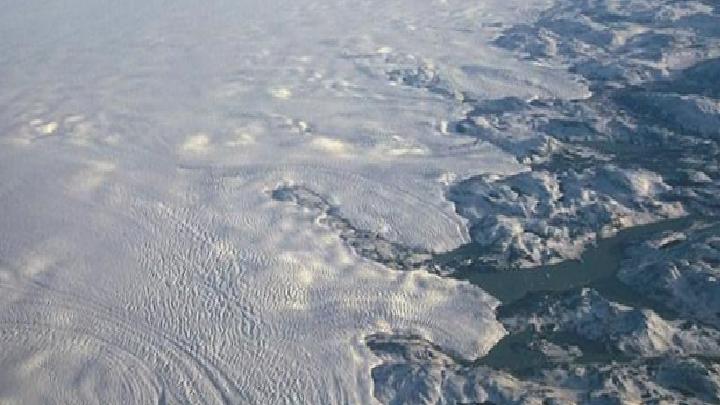
A University of Cambridge team studies meltwater lakes at the top of the Greenland ice sheet. Recent results show that water penetrates the ice through cracks and causes bottom-up melting.
Greenland severely endangered
Researchers have described an “unprecedented” rate of melting at the bottom of the ice sheet caused by large volumes of meltwater flowing from the surface of glaciers to the bottom . When meltwater flows, the energy is converted into heat, much like large dams generate electricity. This effect was especially noticeable in regions close to the Earth’s poles, including Antarctica. The melting of ice in the Greenland ice sheet leads to the formation of “meltwater lakes”, which subsequently contribute to the melting. A similar cycle occurs in mountain-top glaciers.
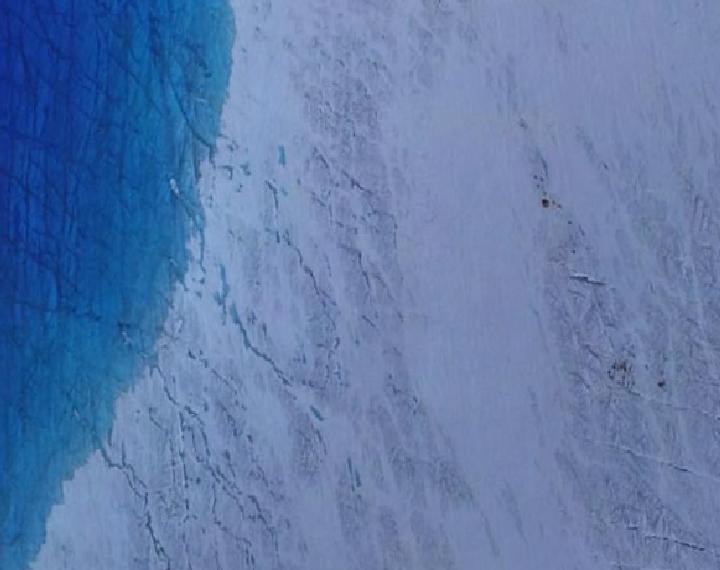
The “lubricating” effect of meltwater has a strong influence on the movement of glaciers and the amount of ice poured into the ocean, but at depths greater than 1 km. Measurements show that glaciers are at serious risk, especially in Greenland. The researchers used radio echo sounding, a technique developed by the British Antarctic Survey and previously used on floating ice sheets in Antarctica, to measure the rate of melting at the bottom of the ice sheet.
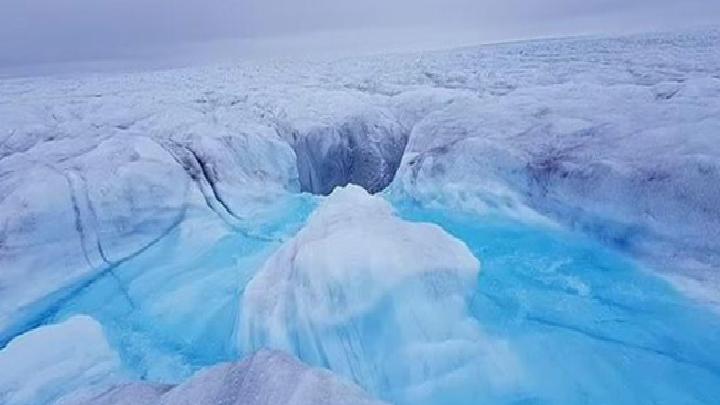
Greenland glaciers turned into the world’s largest dam
Dr. “We weren’t sure if this method would also work on a fast-moving glacier in Greenland,” said Thun Yang Young. According to him, compared to Antarctica, the ice in Greenland deforms very quickly, and in the summer there is a lot of melt water here, which complicates the work.
“By examining the basal melting of ice sheets and glaciers, we look at heat sources such as friction, geothermal energy, latent heat when water freezes, and heat losses to the upper floor. But before, we had not paid attention to the heat produced by flowing meltwater. A lot of gravitational energy is stored in water, and when it falls, the energy has to go somewhere.” says Professor Paul Kristoffersen of the Cambridge Institute for Polar Studies.
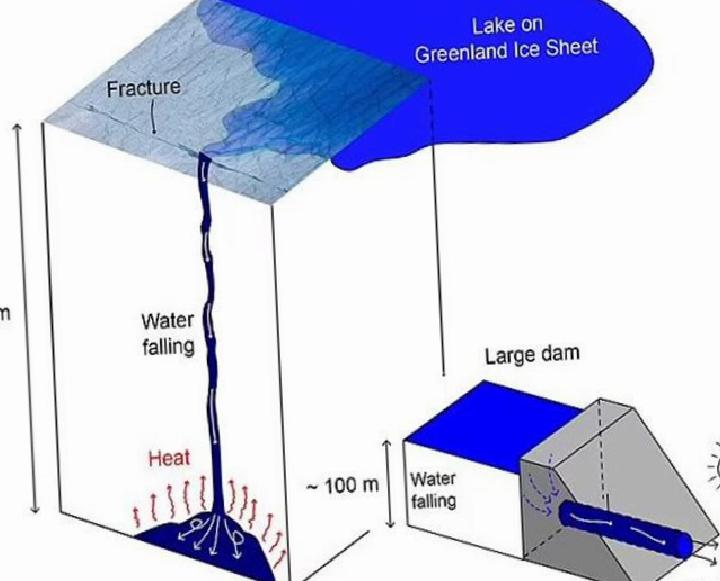
Experts say bottom-up melting of the glacier makes it difficult to understand the dynamic behavior of the Greenland ice sheet and predict future changes. Because in summer, the melting area on the glacier rises to 1 million km³, and as a result, the Greenland ice sheet produces more hydroelectricity than the world’s 10 largest hydroelectric power plants combined. In addition, this study provides the first concrete evidence of the mechanism of mass loss of the ice sheet, which has not yet been included in estimates of global sea level rise.
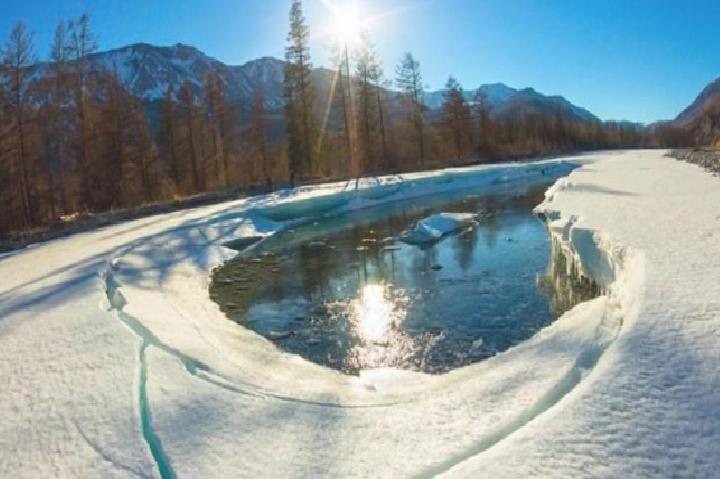
Biggest cause of sea level rise
Melting of the Greenland ice sheet is currently the largest contributor to sea level rise. Therefore, it is extremely important for scientists to understand how the ice sheet will respond to further climate change. The active destruction of glaciers will have consequences for the whole world.
Previously, experts had calculated the total ice loss in Greenland, and it was revealed that the ice sheet had lost 4,700 gigatons since 2002.
- Homepage
- Popular Science
- Energy News
- The great danger to the world: Greenland glaciers are melting rapidly